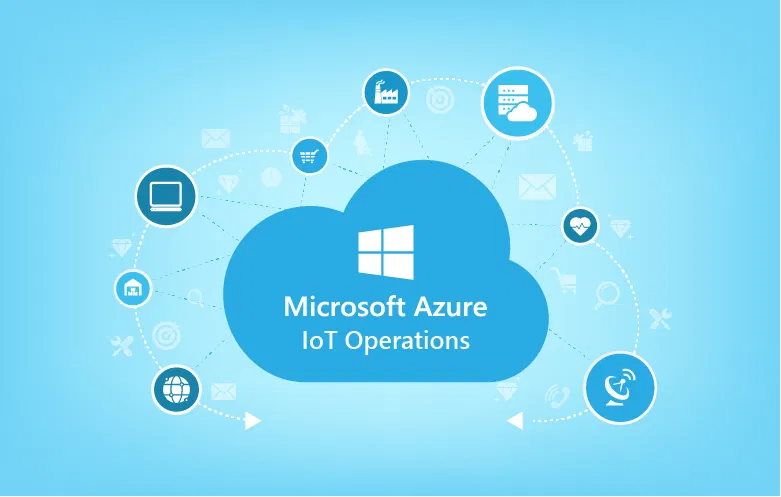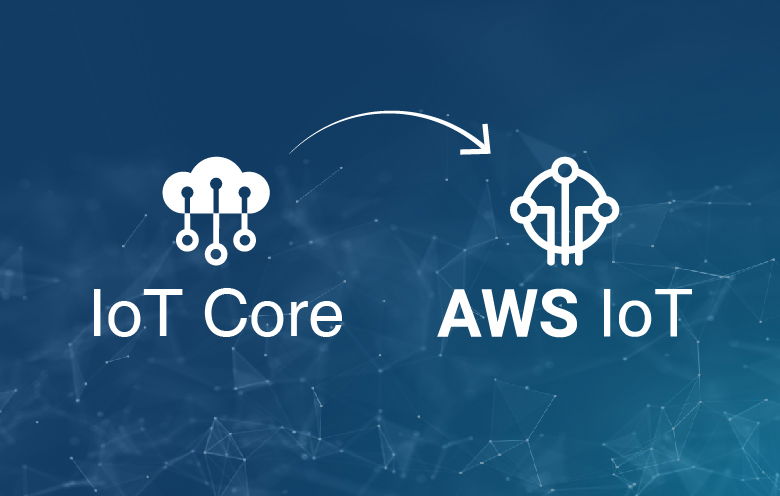As the IoT tide is taking over various sectors across the globe, businesses are curious to realize its power to possess a competitive edge in the fast-lane digital marketplace. According to the prediction by Gartner, approximately 20 billion connected things will make their presence felt by 2020.
We have witnessed how the Internet of Things has reached down into every sphere of businesses. Companies from various sectors are investing a fortune in IoT to make this technology fulfill their purpose. Enterprises like Google, Lufthansa, IBM, Intel, and Bosch are actively using IoT for their purpose and offer similar services to their clients and other companies.
What challenges enterprises may face while adopting IoT
Implementing IoT into a business is more of a delicate and risky job rather being an easy task. In this article, we will talk about some of the challenges that an enterprise has to deal with while adopting IoT for its business.
So, what are these challenges, which are proving to be the roadblocks for IoT implementation for a business? Why does a full-scale implementation of IoT take longer than any other technology in an organization?
Organizational & cultural change
This is the first and foremost challenge that a business has to deal with. An IoT implementation brings a huge requirement of infrastructure, processes, work culture, and ideological changes along with it. It takes major alteration –both physical and cultural- to be on the same page as the technology itself. It is often observed that employees and stakeholders find it difficult to adapt to these changes.
Intelligence capabilities
The implementation of IoT does not mean that the connected devices are ready to go. To get optimal results from the implemented solution, stakeholders have to add business intelligence to it. However, an organization planning to adopt IoT in its business process has to ensure the availability of the precise business intelligence for it. It is observed that enterprises often fail to gather the required intelligence for IoT implementation, which, as a result, leads to the failure of their efforts.
Data sensitivity
The most troublesome challenge for business-heads is to acknowledge, understand, and manage data sensitivity. One needs to peculiar about its acquisition and usage of the data generating assets. The people involved in the implementation of IoT in their business must have answers to questions like, “what type of data do assets generate? Where will the data be stored and how can it be accessed by the designated in-charge? What are the security threats that are involved while managing data?” And, last but not the least, “how will the system use the data?”
Why knowing about the challenges of adopting IoT is important
As an old proverb says –“forewarned is forearmed”.
In order to avoid total loss of productivity and resources, a company going for an IoT implementation must be aware of the roadblocks that it might encounter while adopting the technology. This, as a result, helps businesses to prepare a perfect IoT roadmap which can help them ensure an accurate, insightful, and fruitful IoT implementation.
How to overcome these complexities
For taking account of the challenges and complexities involved in implementing IoT for a business, it gets crucial to know how these complexities can be taken care of. However, it is possible to roll out fast and tactical IoT projects and have your desired margin but one must also take long-term success into consideration early in the race to ensure a consistent quality and quantity of the IoT solution.
But, how can one overcome these complexities? How can an organization ensure an optimal, dependable and scalable IoT implementation for its business?
Below is the four-step checklist for an effective IoT implementation;
Define business model
This is the first step of the checklist. Prior to the implementation of IoT, one must define and plot a definite roadmap for the business. Stakeholders must have an organized business model defined in order to have a streamlined IoT implementation. Defining a business model for IoT implementation has three sub-divisions to focus on, viz;
Define top-priority use case
Before implementing IoT in the business, business heads must be clear with the business strategy that they will follow. The strategy of prioritizing use cases which may be the dark horse for long-term success must be pre-defined by decision makers. A good understanding of the initial scope of the required features and capabilities will protect the organization in-charge for investing in unnecessary functionalities.
Outline key technology assets
The IoT business model must be thorough enough to cover the crucial IoT technology for a business’ initial and long-term IoT initiatives. Business heads must ensure that they are equipped with every ingredient in the list to have the best possible IoT implementation for their business.
Clarify stance on technology ownership
At this point, business heads have to decide what type of IoT environment they want to develop at their workplace. Depending upon the company’s IoT strategy defined at the previous stage, one needs to settle on whether the business wants the freedom and flexibility provided by the owned IoT technology or the organization should go with a commercial IoT platform-as-a-service and build the business on the vendor’s IoT technology.
Select IoT platform & technology
This is the second step on the checklist to overcome the complexities in an IoT implementation. Once the business model has been defined, the organization must focus on choosing the best IoT platform and technology prior to implementing IoT in its process.
Plan for evolution
Once an IoT business model has taken shape, it’s time to select an optimum IoT platform; in-house, open-source, or commercial and make sure it can travel the distance. Stakeholders must ensure that the top-priority use-cases can be supported completely and custom functionalities can be implemented under a reasonable time-frame and budget.
Ensure end-to-end integration
In order to overcome the challenge of interoperability, the company going for an IoT implementation must ensure the compatibility of the selected IoT platform with the devices that are to be connected in the IoT environment. Also, it must support the communication protocols that will be required to have a successful implementation.
Address security and performance compliance
On the basis of an IoT business environment, comprehensive security and consistent performance can be the two major elements of successful IoT implementation. If the company is subjected to strict compliance obligation, the business-heads should verify that the selected IoT technology offers the best possible encryption for the data and offers the desired level of performance through availability, and support for the deployed device and elastic scalability.
Ensure continuous evolution
Last but not the least; in order to ensure the steady improvement of IoT implementation in a business and enjoy the value at full-capacity, the long-term IoT strategy should be frequently revisited. As far as IoT technology is considered, it will evolve and it will get better, and business heads have to make sure that they are all prepped up to embrace the evolution.
Summary
IoT technology is here to stay and is improving the operations of companies the world over. However, to ensure a better output from the technology and leverage its full value for a business, an optimal implementation of IoT is something that is to be taken care of seriously. One may face some roadblocks in implementation; however, these challenges can be dealt with and eliminated with a well-planned and defined IoT implementation strategy.



